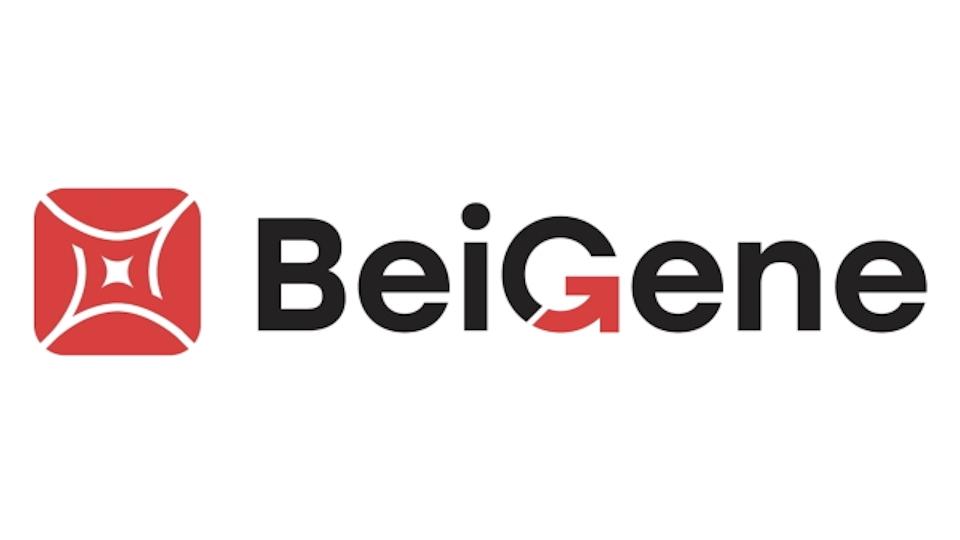Using SDTM, ADaM, and SEND for Regulatory Submissions

It’s a safe bet that most people’s first introduction to CDISC standards is through the Study Data Tabulation Model (SDTM). This is a content standard that ensures clinical data is submitted in a consistent manner, helping to reduce review time and facilitating cross-study analysis. Another content standard, the Analysis Data Model (ADaM), aims to perform a similar function for analysis datasets. Likewise, the Standard for Exchange of Nonclinical Data (SEND) defines standardized domains for non-clinical data.
The adoption of these standards is driven by regulators such as FDA and PMDA, who mandate that data must be submitted in these formats.
This post gives a very brief overview of each model, how they fit in with the wider clinical trial process, and how you can get the maximum benefit from them.
SDTM – Standardizing clinical datasets
CDISC’s Study Data Tabulation Model (SDTM) defines standardized domains for submitting clinical data. This means that regulators have a consistent way of viewing data. And analysis datasets have a common data format to work from.
SDTM consists of two standards. The core SDTM model defines different classes of domains (Events, Interventions, and Findings), each of which has a number of possible variables. The SDTM Implementation Guide defines a set of standard domains based on the core model, such as AE (Adverse Events) and VS (Vital Signs).
Using SDTM brings the following advantages:
- Data is more consistent between studies, so less per-study work, and less chance of errors.
- Consistency makes cross-study and cross-organization pooling and analysis easier.
- There’s no need to learn organization-specific dataset formats.
- There is a worldwide community to help with any questions, rather than relying on a small number of internal colleagues.
- Reviewers can understand your submission quicker, leading to fewer questions and a faster approval.
SEND – Standardizing non-clinical datasets
Non-clinical data has exactly the same issues as clinical data with regard to standardization, but the actual domains and variables required to represent the data are different. CDISC’s Standard for Exchange of Nonclinical Data (SEND) Implementation Guide is analogous to the SDTM Implementation Guide, defining the standard domains and variables that should be used when submitting non-clinical data. It is based on the core SDTM model, allowing the submission of standardized domains that are not described in the Implementation Guide.
ADaM – Standardizing analysis datasets
CDISC’s Analysis Data Model (ADaM) is a bit different from SDTM and SEND. It still has a core model and an implementation guide, but the model is not as proscriptive. Additional variables can be added within certain constraints defined by the model. This gives it the flexibility to be used for any type of analysis while providing a level of standardization that allows it to be easily understood by reviewers.
Analysis Results Metadata for tables, listings, and figures
CDISC has also standardized the description of Analysis Results Metadata (ARM) for describing tables, listings, and figures. This references the data in standardized ADaM datasets, making it simple to re-use analysis results metadata across different studies.
Working with SDTM, ADaM, and ARM
It’s true that there’s a learning curve with these standards. But you can reduce the level of expertise required by making use of tools that understand CDISC and do the heavy lifting for you. The first step is to use a CDISC-aware metadata repository. With built-in knowledge of the standards, this can help you define all your CDISC metadata right at the start of your study. It also allows you to re-use your metadata from study to study in order to greatly reduce study build time. You can even go a step further by defining CDISC-compliant organizational standards to increase data quality and simplify regulatory compliance. In fact, you can:
- Define all your data upfront.
- Ensure consistency across studies.
- Standardize mappings between different parts of the clinical lifecycle.
- Drive study designs from standards.
- Perform compliance checks to ensure adherence to standards.
Defining your SDTM and SEND datasets early on in your study process enables you to map your source data to your intended submission datasets before actually collecting any data. This can help flag up problems with the CRF design, which can be corrected before actually rolling out the study.
Check you are complying with SDTM, SEND, and ADaM
There are a lot of rules in the CDISC content standards, so it’s important to check that you’re using them properly. If you’re using a CDISC-aware tool such as the Formedix clinical metadata repository and clinical study automation platform, to define your datasets, it will guide you towards compliance and report on any issues.
Regulatory requirement
Using these standards is no longer a choice; FDA, PMDA, and other regulators insist on it. This post should leave you understanding the benefits they provide, and that they should be embraced early on in the study process to get maximum benefit.
Formedix has been strong advocates for the use of CDISC data standards in clinical and non-clinical research and has become industry leaders in CDISC software, professional services, and training.

In fact, we’re on the CDISC XML technical team! We were involved in creating the CDISC ODM and Define models. So we know a fair bit about CDISC standards. Learn more about how we help you with CDISC Compliance.
Our clinical metadata repository and clinical trial automation software supports all versions of CDISC standards and SDTM automation. Our platform is kept updated with the latest CDISC and NCI standards. So you’ll always be regulatory compliant.











